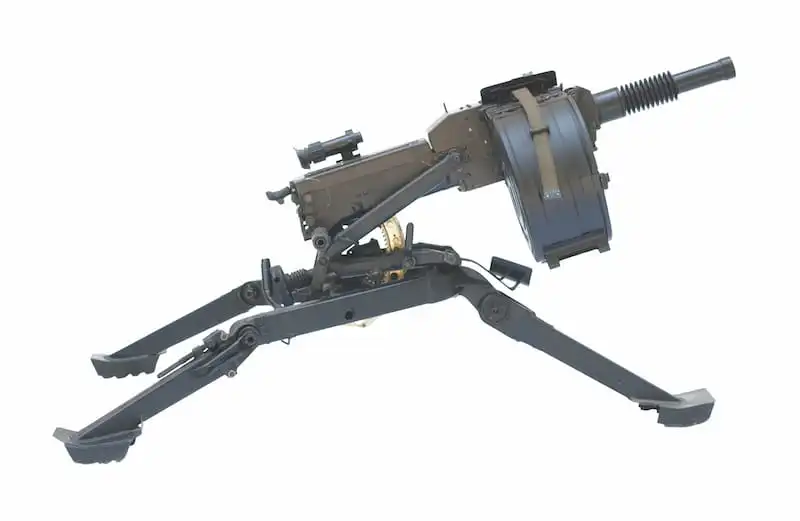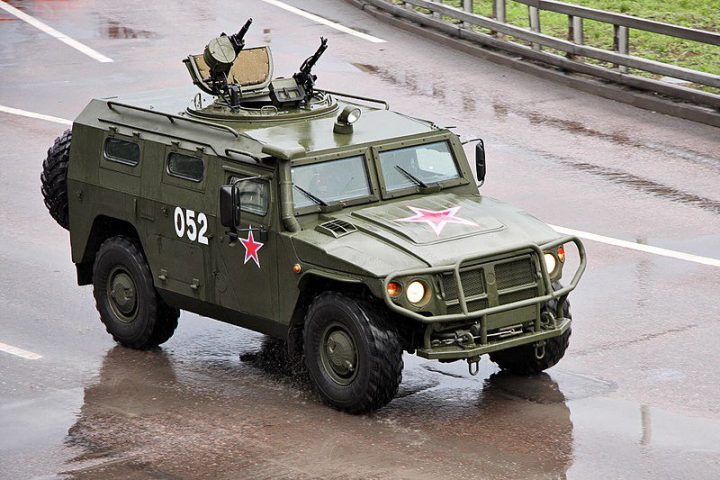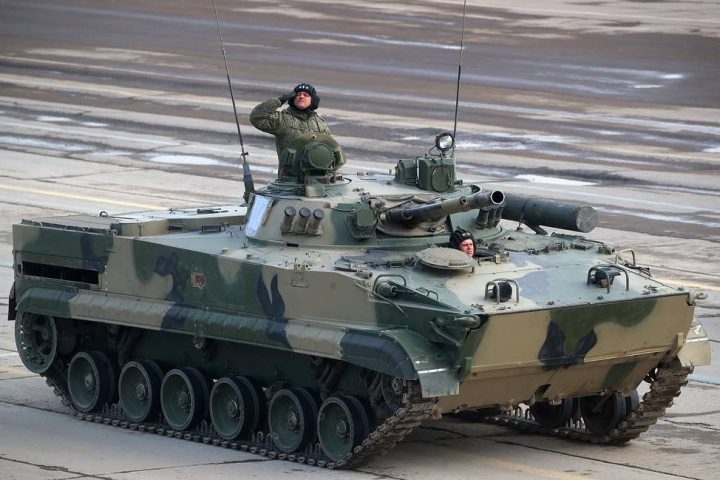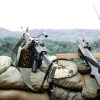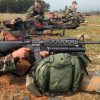The AGS-17 is a Soviet-designed automatic grenade launcher that provides heavy infantry with fire support. It is designed to be used either on a stand or mounted on a vehicle. The launcher fires 30 mm grenades, making it effective against light and heavy targets.
Introduction
In the late 1960s, during the Vietnam War, the US Armed Forces adopted the Mk 19 40mm automatic grenade launcher. This powerful weapon proved to be highly effective during the conflict. In response, the SSSR soon developed and adopted a similar weapon, the 30-mm AGS-17 Plamya.
History
The KBP design bureau developed the weapon in the late 1960s, which the Soviet Army adopted in 1971. It has a solid reputation for being dependable and effective, as it has been used in multiple conflicts and exported globally.
In 1967, the OKB-16 design office, known as KBP, initiated the development of the AGS-17 in Tula, Russia. The project was likely influenced by the Soviet-Chinese border conflict of the late 1960s, during which the Soviet army acquired American automatic grenade launchers through Vietnam. These launchers had proven to be highly effective in providing close and medium-range fire support for infantry against enemy soldiers and non-armored targets such as vehicles and equipment.
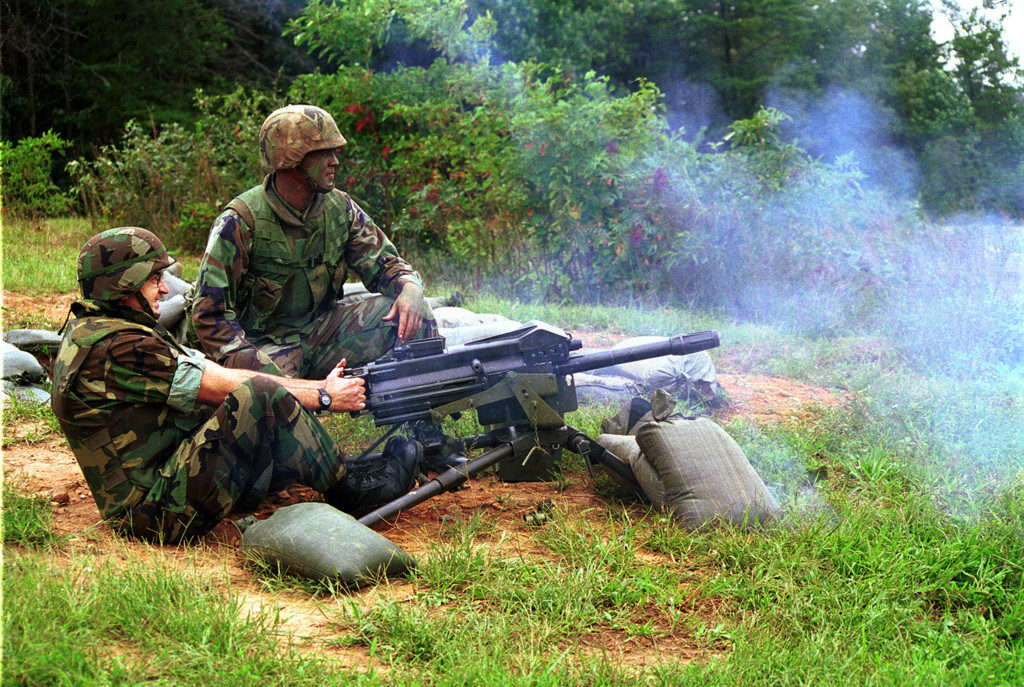
The AGS-17 underwent testing in 1969, and mass production began in 1971. A specialized weapon version was also developed in Mil Mi-24 Hind attack helicopters. Although the AGS-17 was not utilized in the Soviet conflict with China, it was widely employed by Soviet military forces during the war in Afghanistan as an infantry fire support weapon and mounted on armored personnel carriers and trucks. The AGS-17 remains in production to this day.
Design
The AGS, short for Avtomatischeskyi Granatmyot Stankovyi, which translates to “automatic grenade launcher mounted,” is a weapon capable of rapidly firing a high number of grenades. The AGS-17 is a blowback-operated, belt-fed device with a removable 29-centimeter rifled barrel. It is fired from an open bolt position and features iron sights adjustable up to 800 meters, although optical 2.5x magnification sights are typically used. The maximum sighting range with optical sight is 1,700 meters. The AGS-17 Plamya is typically deployed on a foldable tripod that allows direct and indirect firing.
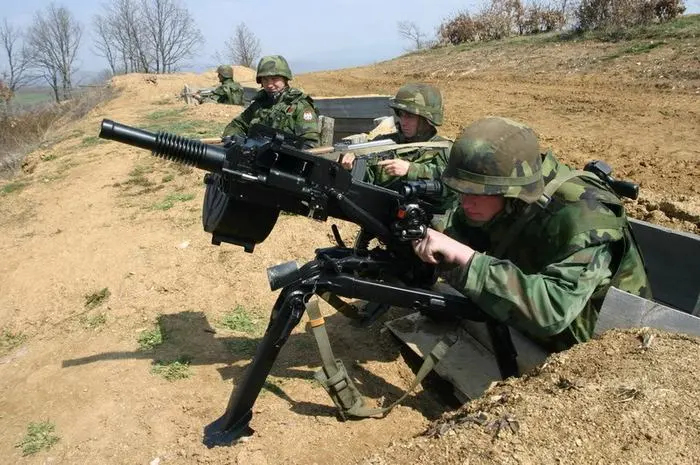
Since its introduction, the AGS-17 has demonstrated effectiveness in various conflicts, including the War in Afghanistan, Chechen Wars, and the Syrian Civil War. It remains in service in over 15 countries and is also produced under license by Bulgaria, China, Cuba, and Iraq.
Ammunition
The weapon is operated using dual grips and can fire two types of 30×29 mm grenades: the VOG-17M high-explosive fragmentation round and the improved VOG-30. The VOG-17 grenade boasts a reported kill radius of 7 meters. The grenades are fed in 29-round belts, stored in a detachable circular magazine, also known as the “snail.” Each AGS-17 is equipped with three magazines.
The Bulgarian arms manufacturer Arcus produces AR-ROG hand grenades based on VOG-17 ammunition and UZRGM fuses. Rebels and terrorists from the North Caucasus, including Chechens, have used improvised hand grenades, known as “katabka,” as ammunition for the AGS-17.
Variants
The AG-17 is a variation of the AGS-17 designed for use on armored vehicles and helicopters. It features electronic firing and has a heavier barrel and a higher cyclic rate of fire. It is also known as the AG-17A.
The AGS-30, which entered service in 2002, is an upgraded version of the AGS-17. It is nearly half the weight, more accurate, and has a more extended range, thanks to the improved VOG-30 round, a longer barrel, and softer recoil. The Russian Army and some specialized Ministry of Internal Affairs units use the AGS-30. Despite its improvements, it has not fully replaced its predecessor. Other countries also use the AGS-30.
The AGL-30 is the Bulgarian designation for the weapon, while it’s known as the Zastava M93 BGA or just BGA 30 in Serbia. The 30 KrKK AGS-17 is the Finnish designation for the weapon.

Technical specifications
| Country of origin: | SSSR |
| Manufacturer: | OKB-16 design office |
| Entered service: | 1971 |
| Caliber: | 30 mm |
| Cartridge: | 30×120 mm |
| Cartridge weight: | 350 g |
| Weight (with sight and tripod) | 31 kg |
| Weight of loaded ammo box | 14.5 kg |
| Length | 840 mm |
| Barrel length | 290 mm |
| Muzzle velocity | 185 m/s |
| Cyclic rate of fire | 400 rpm |
| Practical rate of fire | 50 – 100 rpm |
| Magazine capacity | belts with 29 rounds |
| Sighting range | 800 / 1 700 m |
| Maximum range | 1 700 m |
